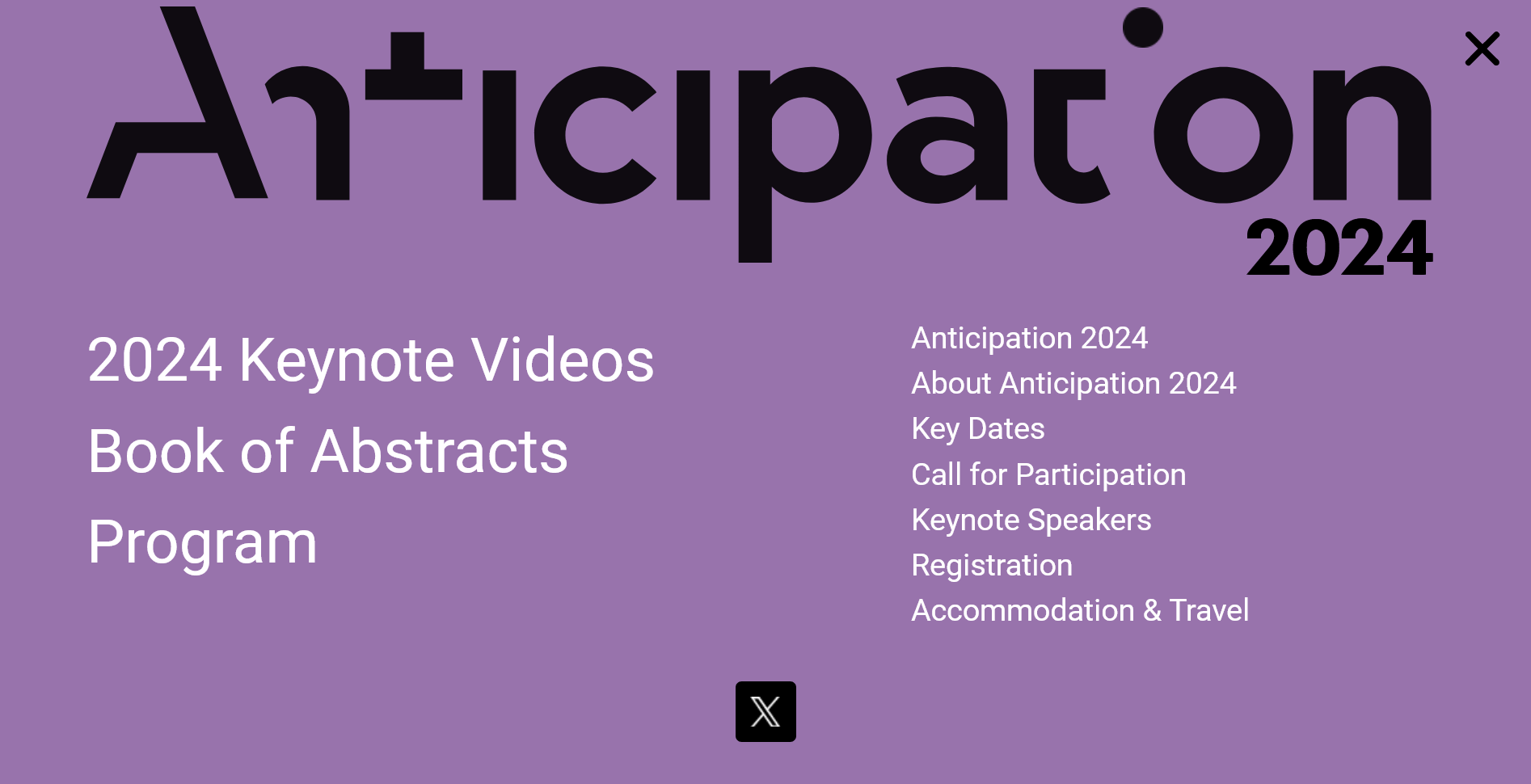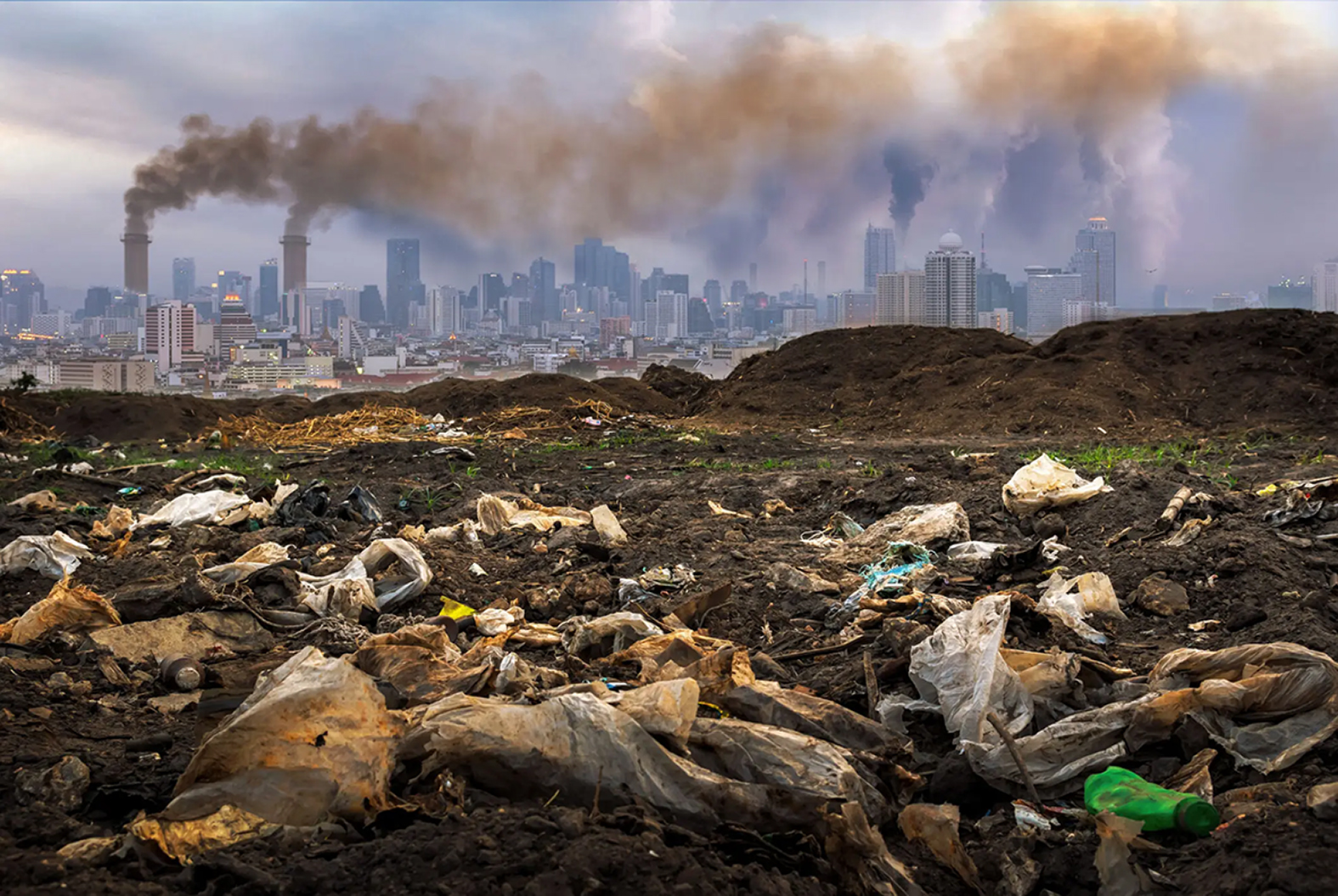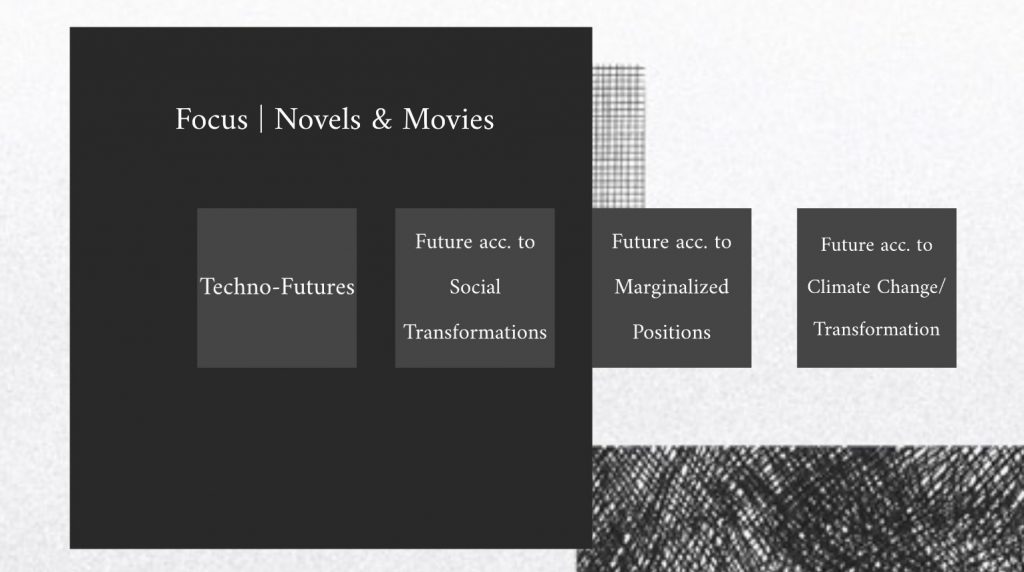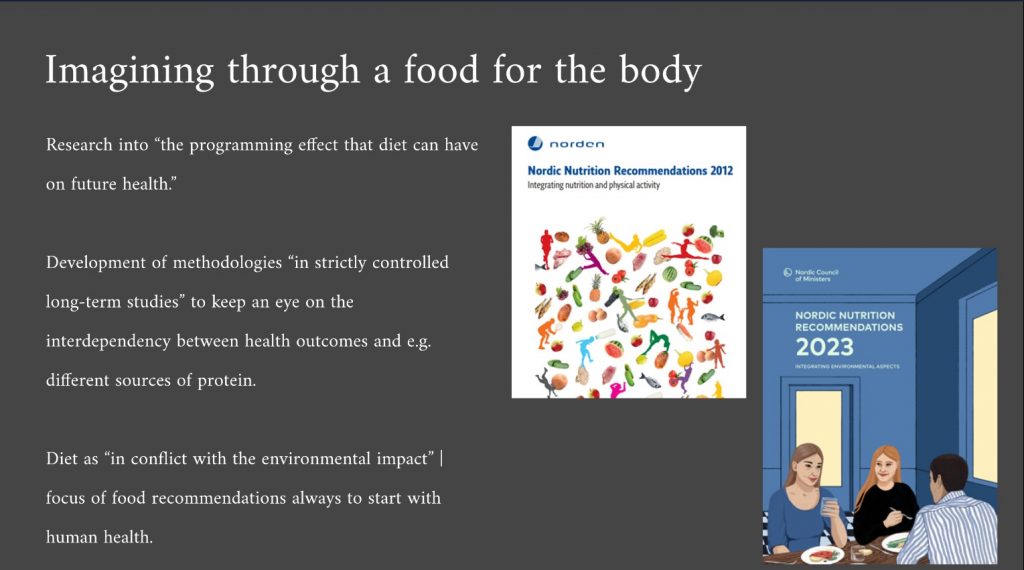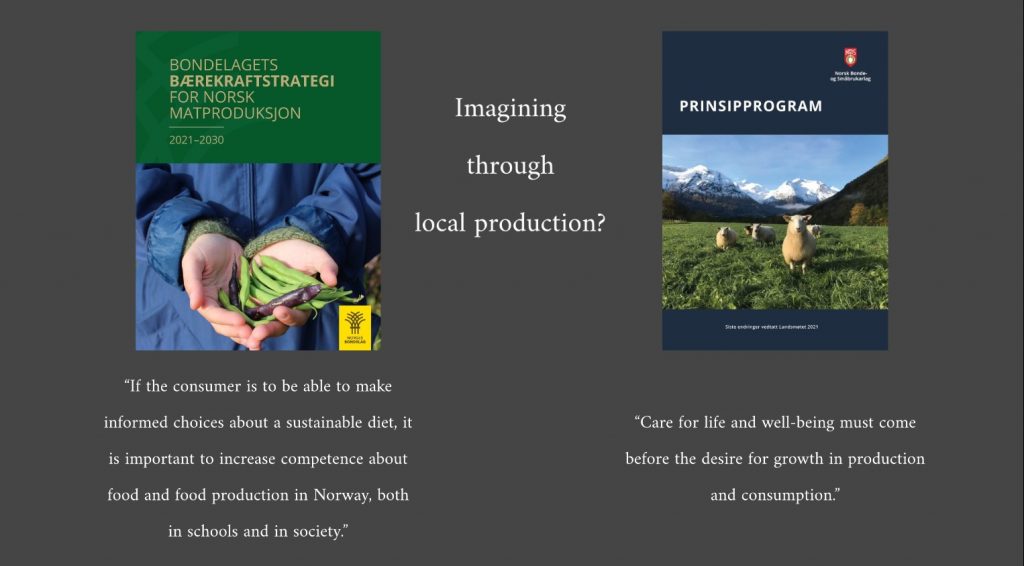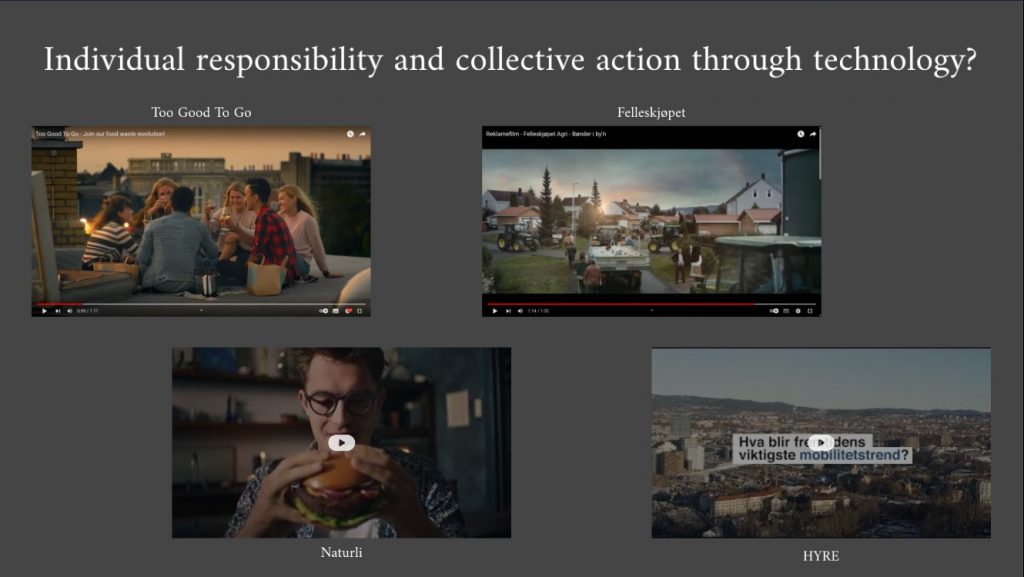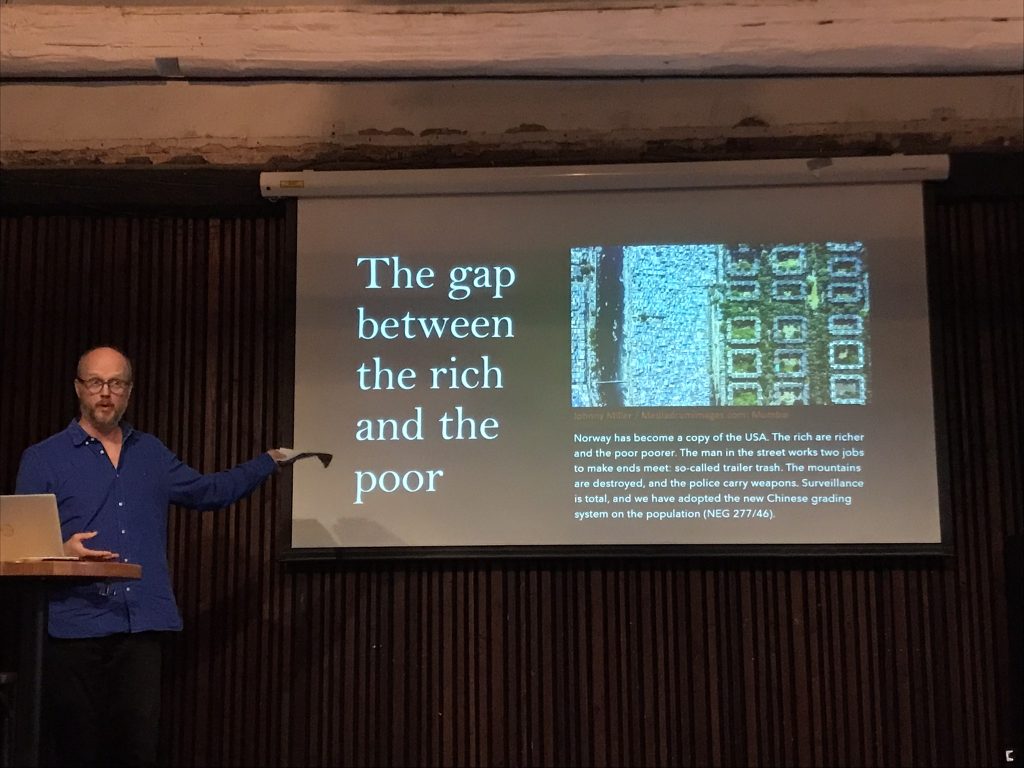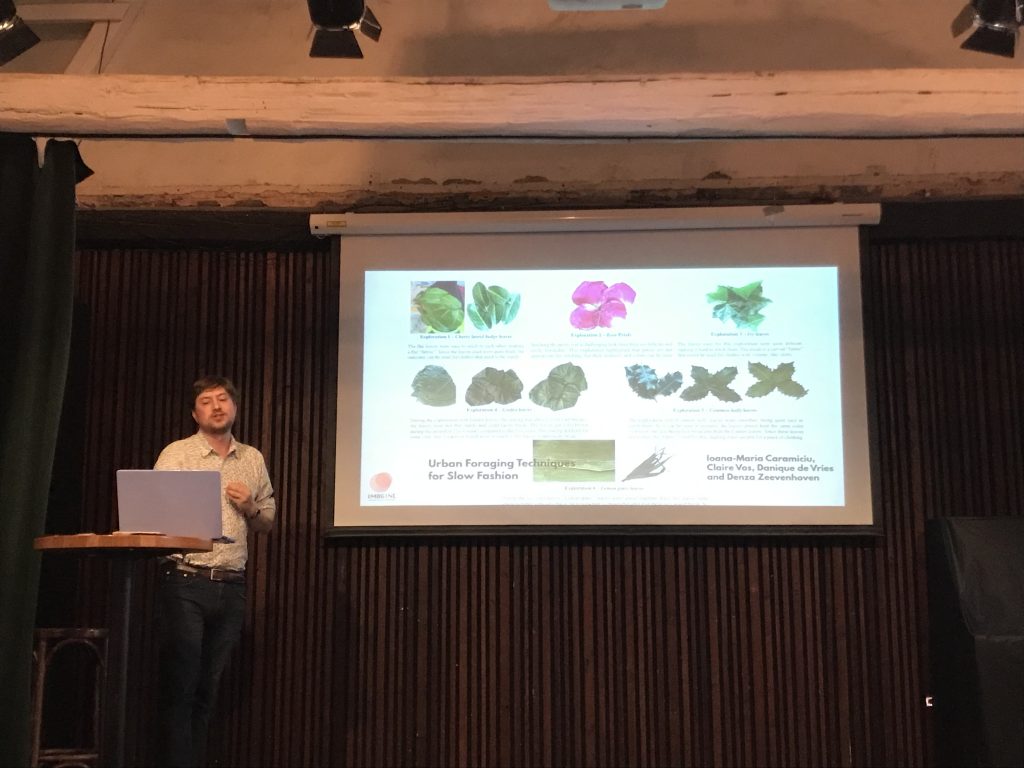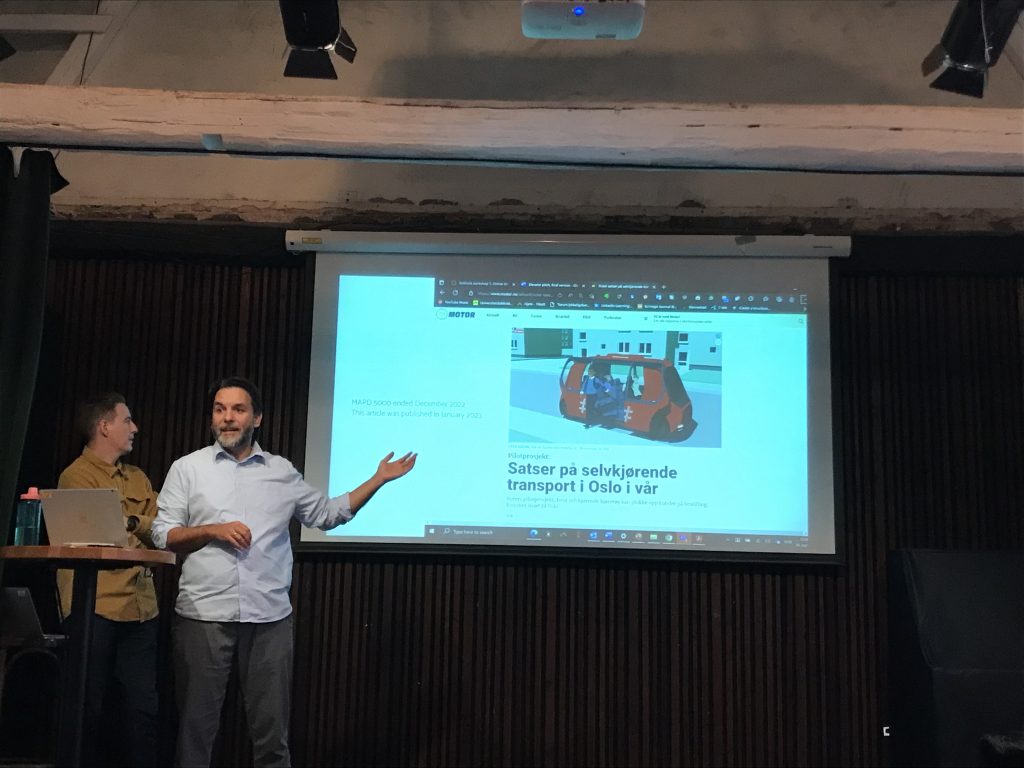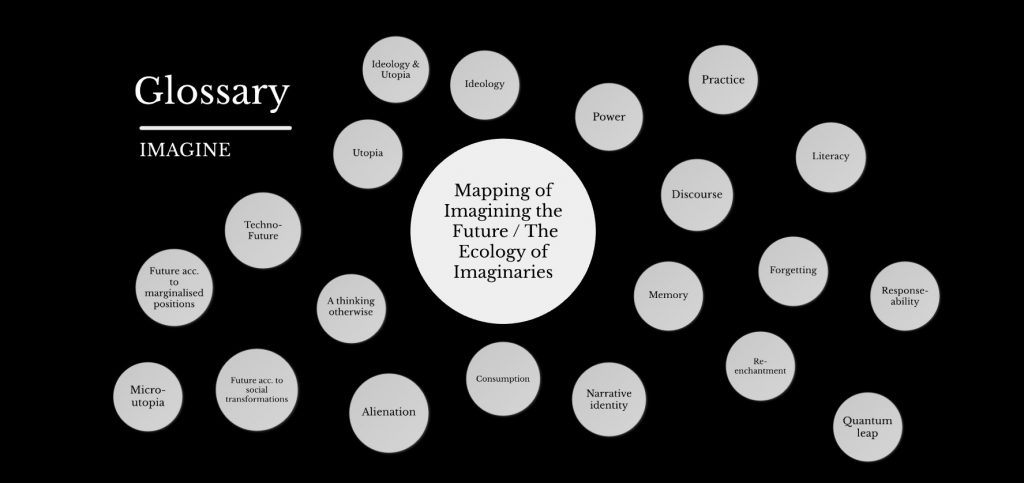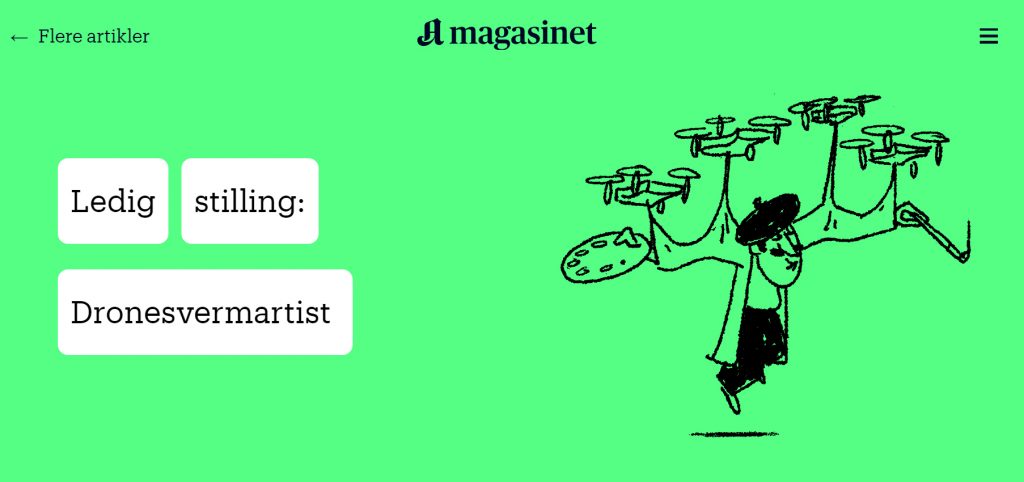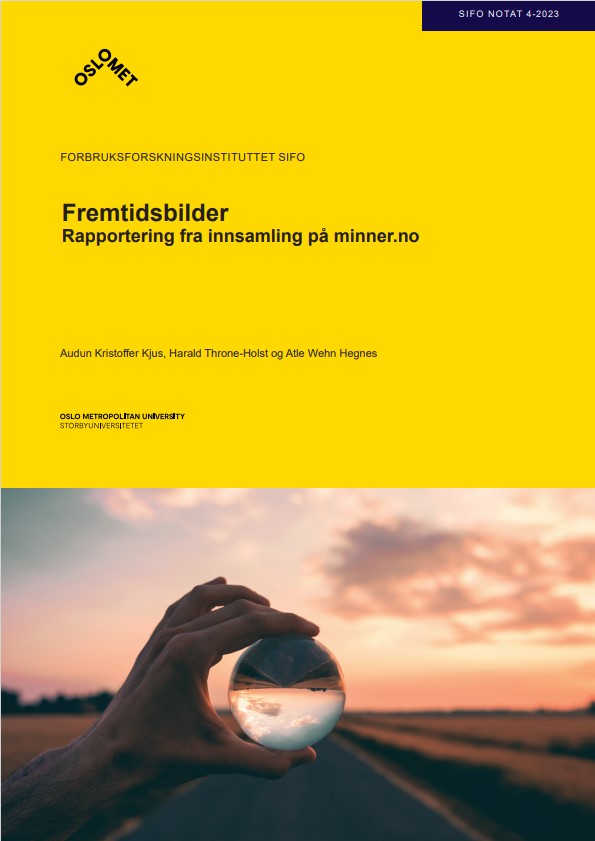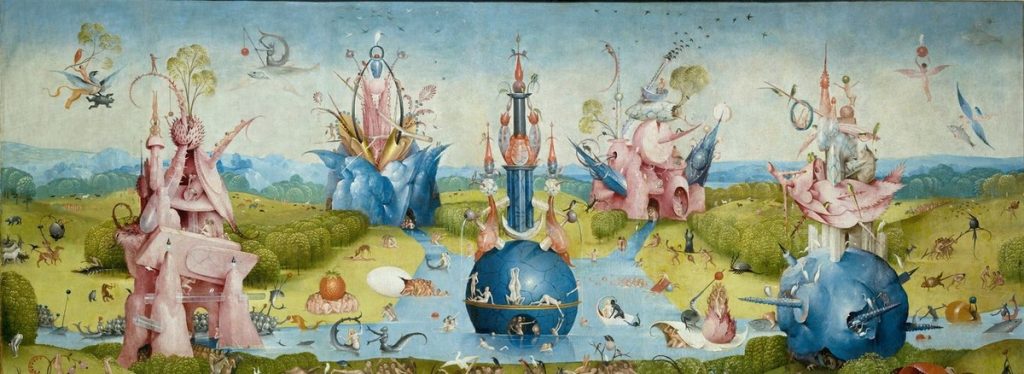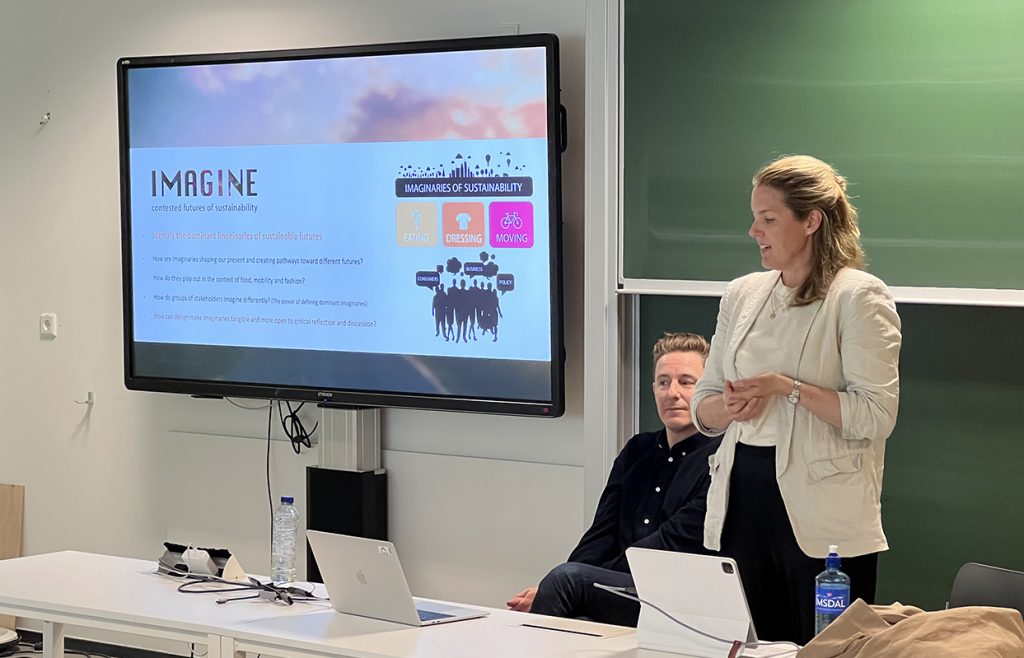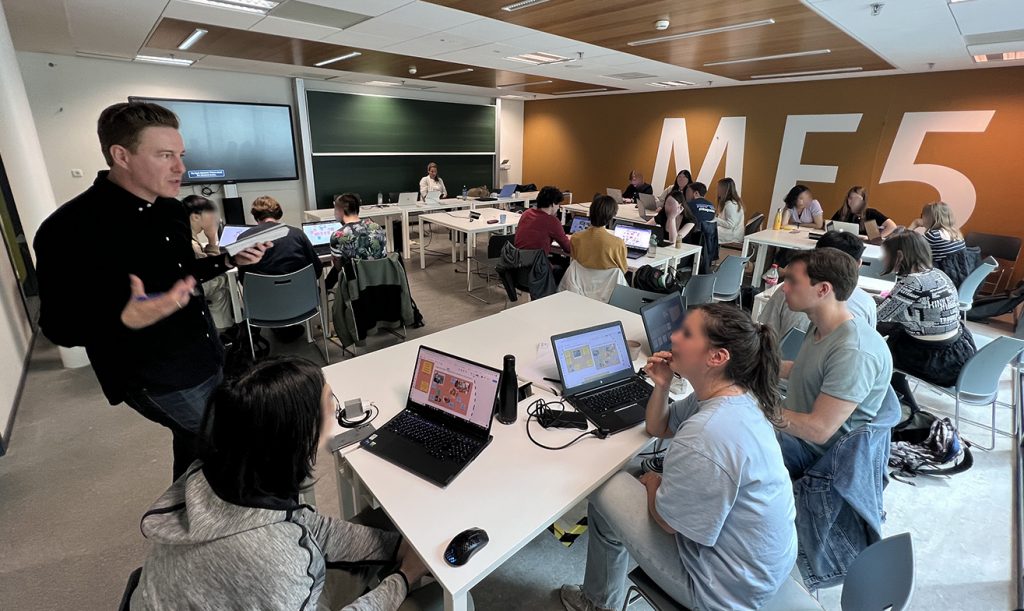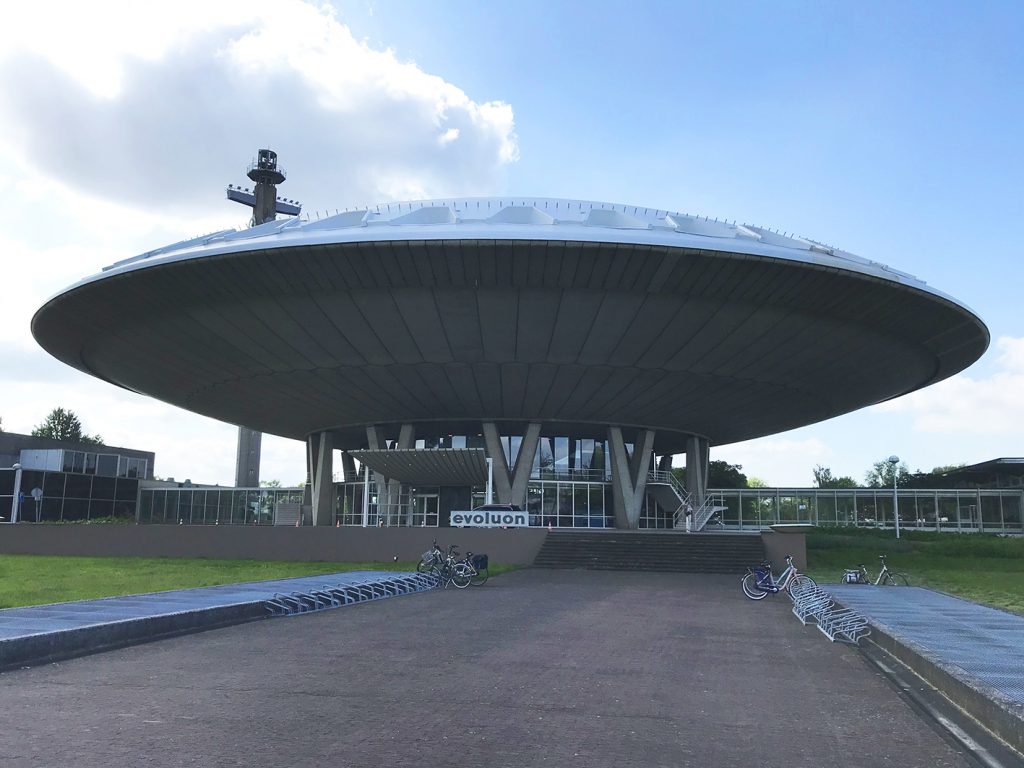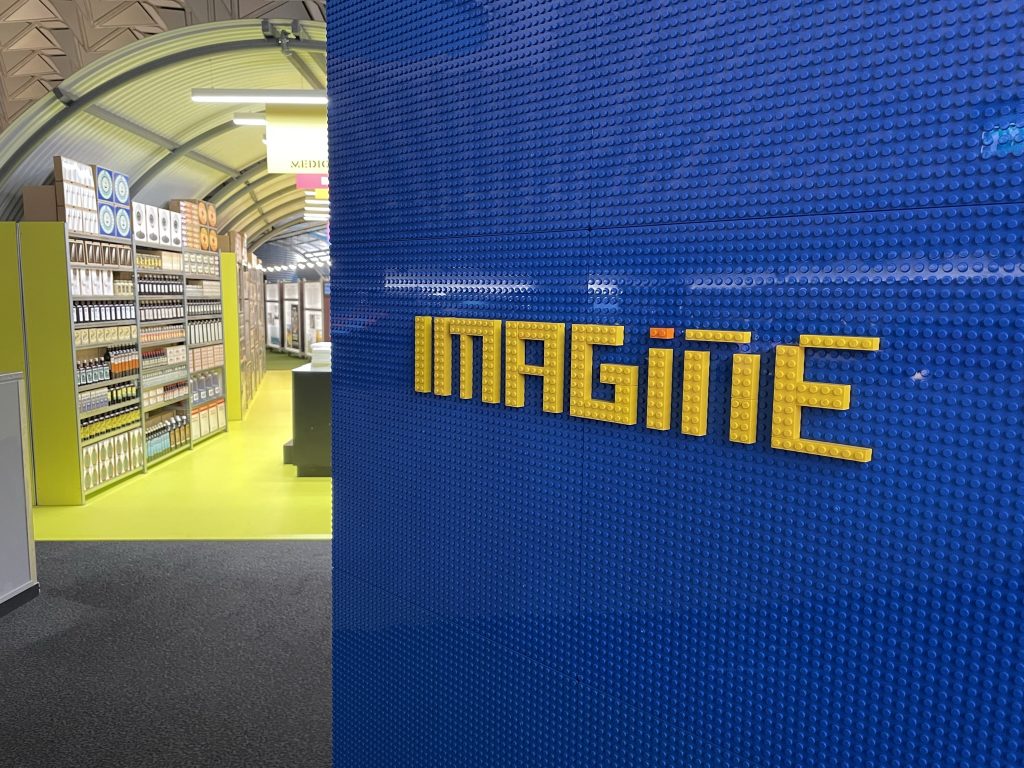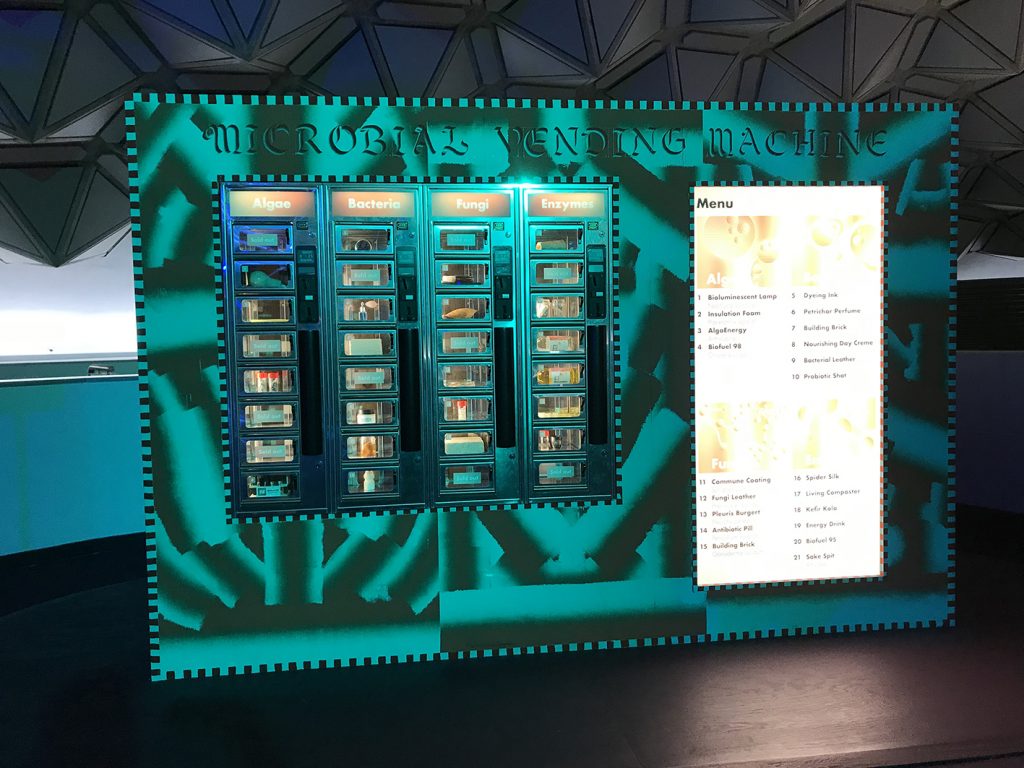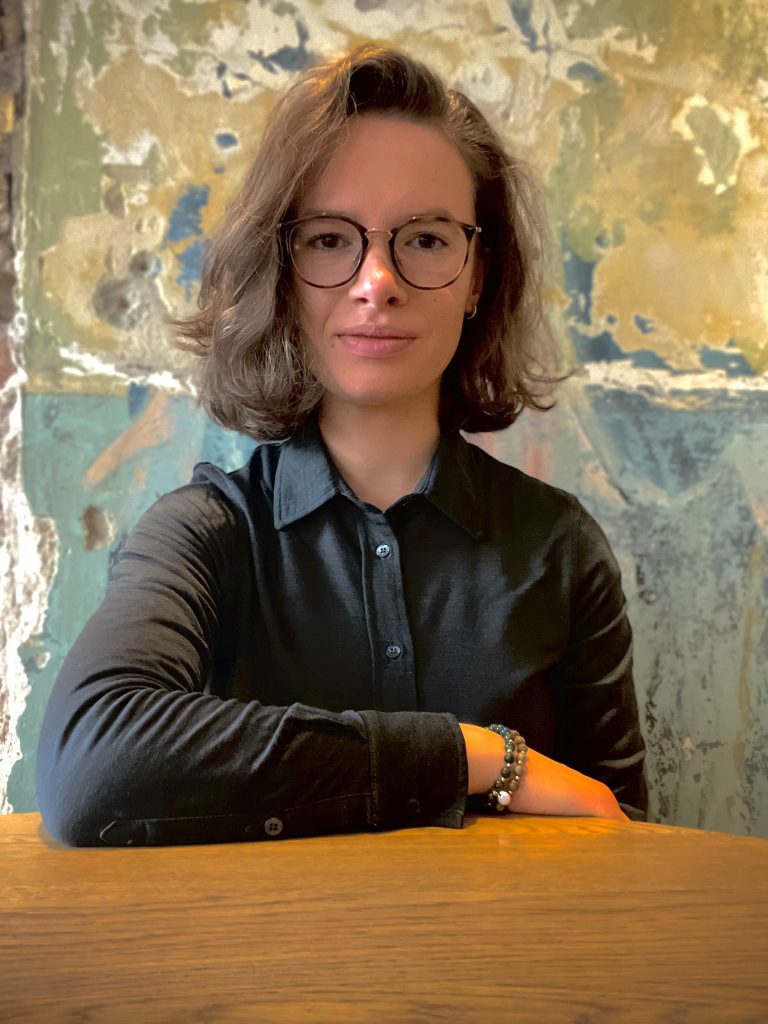IMAGINE respresented at the quadrennial joint international conference of the European Association for the Study of Science and Technology (EASST) and the Society for Social Studies of Science (4S)!
When: 16th – 19th of July 2024
Where: Amsterdam, the Netherlands
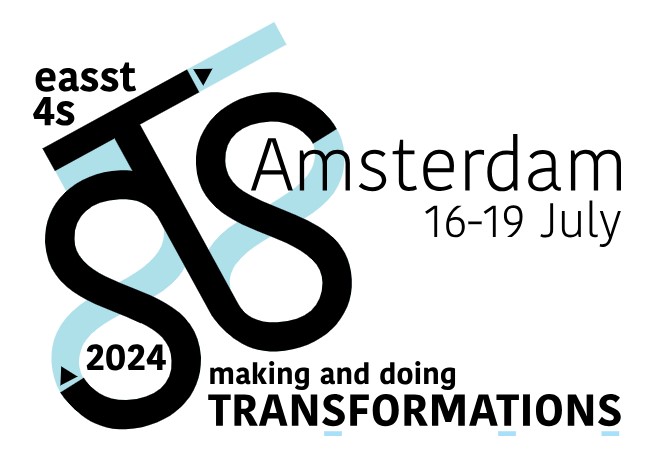
Justyna Jakubiec (WP1) took part, joining 3300 contributors that gathered to explore and reflect on the role of STS in “making and doing contributions to transformations in an era of grand societal challenges”. The conference prompted its participants to look into the question of how their work partakes in the processes of rethinking the norms and shaping one’s positionality within the world they inhabit.
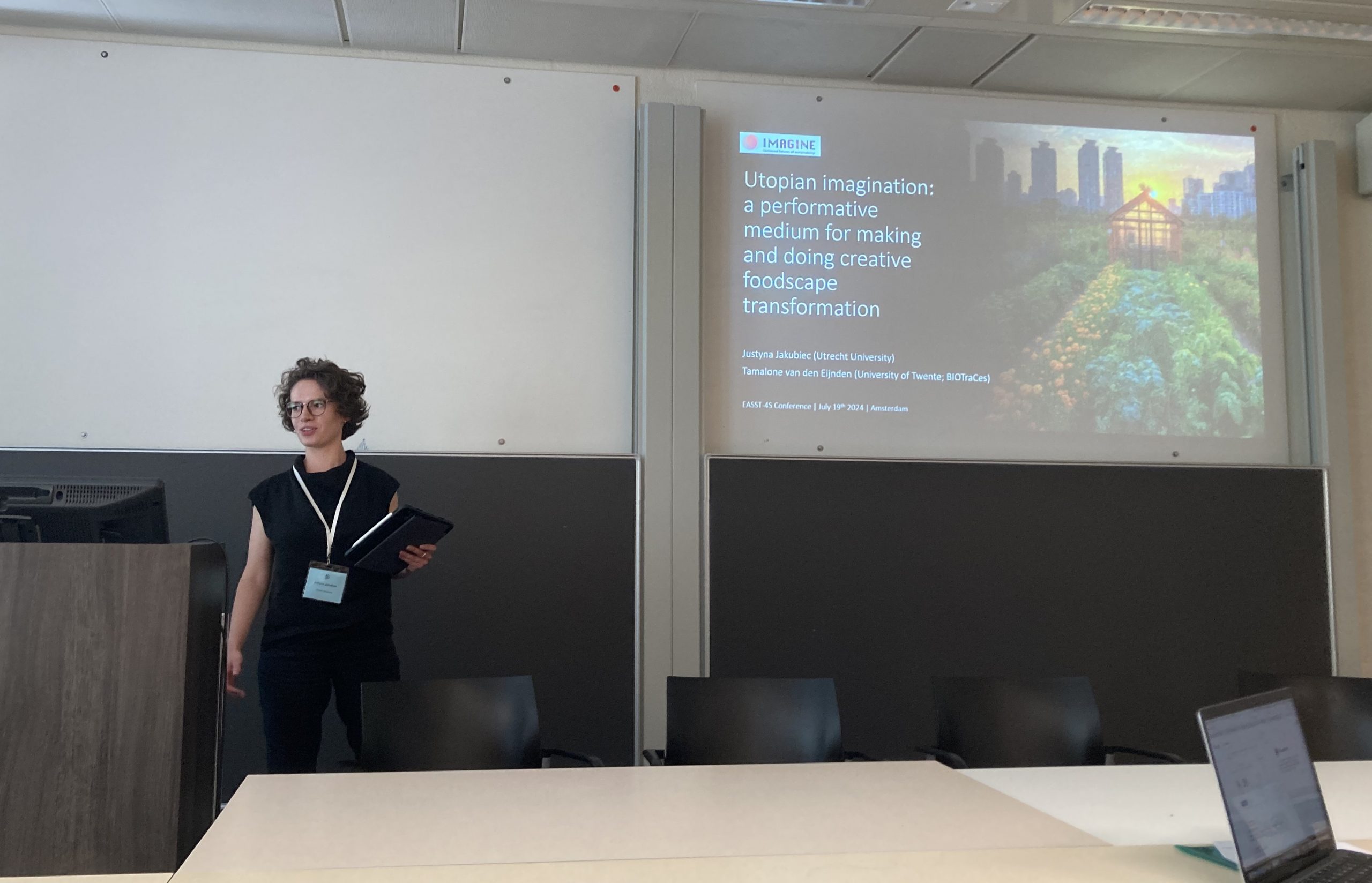
Justyna represented IMAGINE by contributing to the panel ‘Creative transformations through performance and the written word’ through the presentation she has worked on together with our former WP1 member Tamalone van den Eijnden. She focused on the bond between urban gardening and imagination, thus reflecting on the research and fieldwork she did last year during her research stay in Oslo. Through the prism of her observations and encounters based in Oslo’s Losæter garden as well as close reading of some quotes from the novel The Fifth Sacred Thing, Justyna explored the potential of imagination for transformative processes.
The conference offered a space for sharing a real diversity of views, a great deal of which, as Justyna spotted, searched for unofficial ways of knowing. The focus of the contributions, ranging from thinking with the more-than-human, food-making and performance, the relation between policymaking and academia, rethinking the notion of temporality or imaginaries of hope has offered a rich environment for transdisciplinary discussions, observations and questions – all of which will feed into Justyna’s and Tamalone’s further work on the presentation paper which they aim to turn into an article.
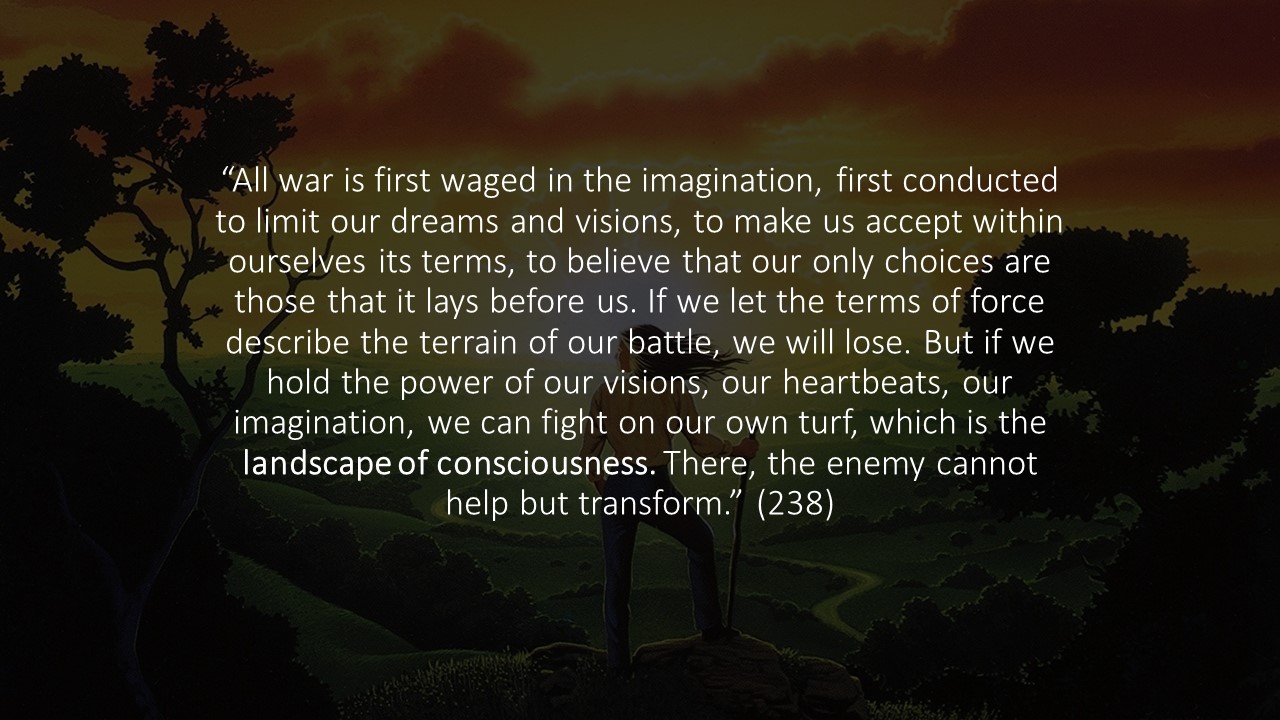
Submitted abstract
This contribution explores the bond between urban gardening and utopian imagination to advocate them as modes for creative transformation. Rooting our focus in
fieldwork we performed in urban gardening initiatives in Oslo, we look into how they can be seen as turning the landscape into an expressive and nourishing medium that probes how the world could be. To broaden our focus, we introduce utopian imagination as a specific mode for transformation whose relevance goes beyond verbal communication and concerns imagination as a productive process that creatively prefigures and engenders new ways of social and ecological being. By taking Starhawk’s solar punk novel The Fifth Sacred Thing (1993) as our inspiration, we will solidify the proposed bond between urban gardening and utopian imagination. To this end, we will engage with Paul Ricoeur’s approach to imagination to understand it as a form of negotiation with the environment beyond concepts and perception and, as such, an ecological endeavor. Engaging with a close reading of the repeated expressions of visions of a utopian future as found in the novel, we will explore how these become the means by which this very future is materialized within the storyworld. We will approach close reading of the novel as a nutritious, creative and reflective tool for imagining existing and future urban gardening. Thus, we aim to contribute to the larger field of STS by proposing utopian imagination as a medium for doing and making transformations within our foodscapes.


